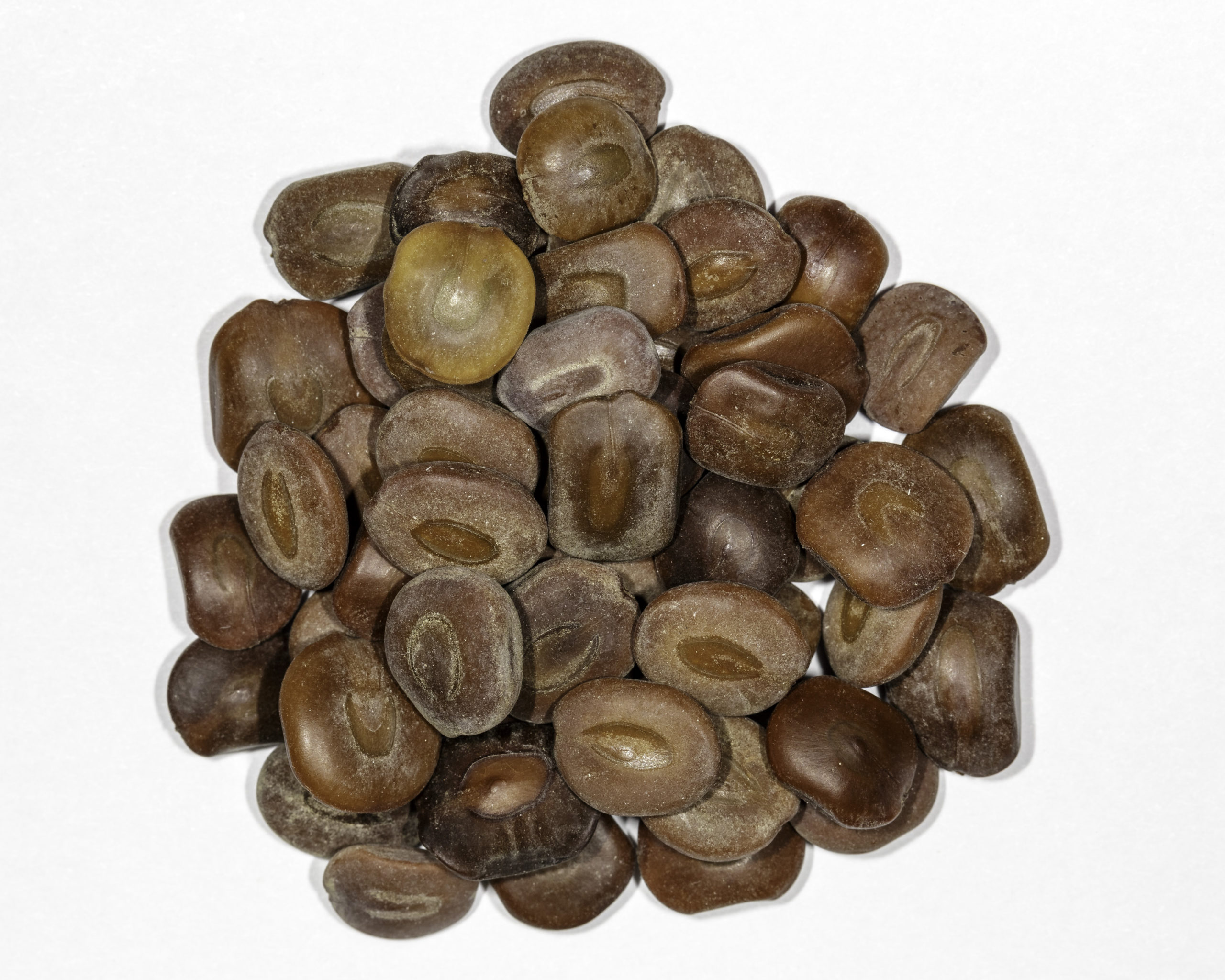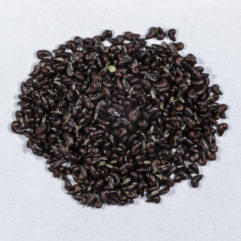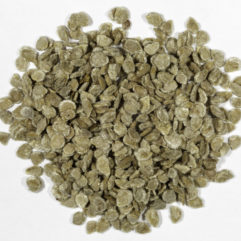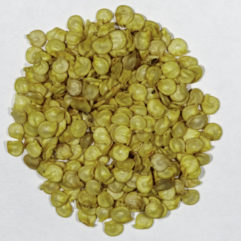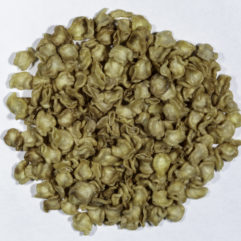Description
Acacia berlandieri / Senegalia berlandieri is a shrub native to the Southwestern United States and northeast Mexico. This species belongs to the wattles (Mimosoideae) subfamily of the legumes (Fabaceae) family. Acacia berlandieri can grow to a height a little over 15 feet. It produces white spherical blossoms between February and April. Acacia berlandieri goes by the common names Berlandier Acacia, Guajillo Acacia, guajillo, huajillo.
Acacia berlandieri contains over 30 alkaloids and has been known to cause toxic reactions in domestic animals such as goats. Since Acacia berlandieri is toxic to livestock, this species should not be used for fodder or forage. Most of the alkaloids are concentrated in the foliage. The total alkaloid content in dried leaves has been reported to be in the range 0.28-0.66%. Dr. Alexander Shulgin has performed research on this plant and its alkaloids.
Acacia berlandieri is a very important honey-plant in dry arid regions such as Uvalde, Texas. The species only needs a scanty amount of water early in the season to survive. Honeybees use the flowers of Acacia berlandieri to produce beautiful clear honey. Beekeepers love the large yields of water clear water that their honeybees produce from this species.
